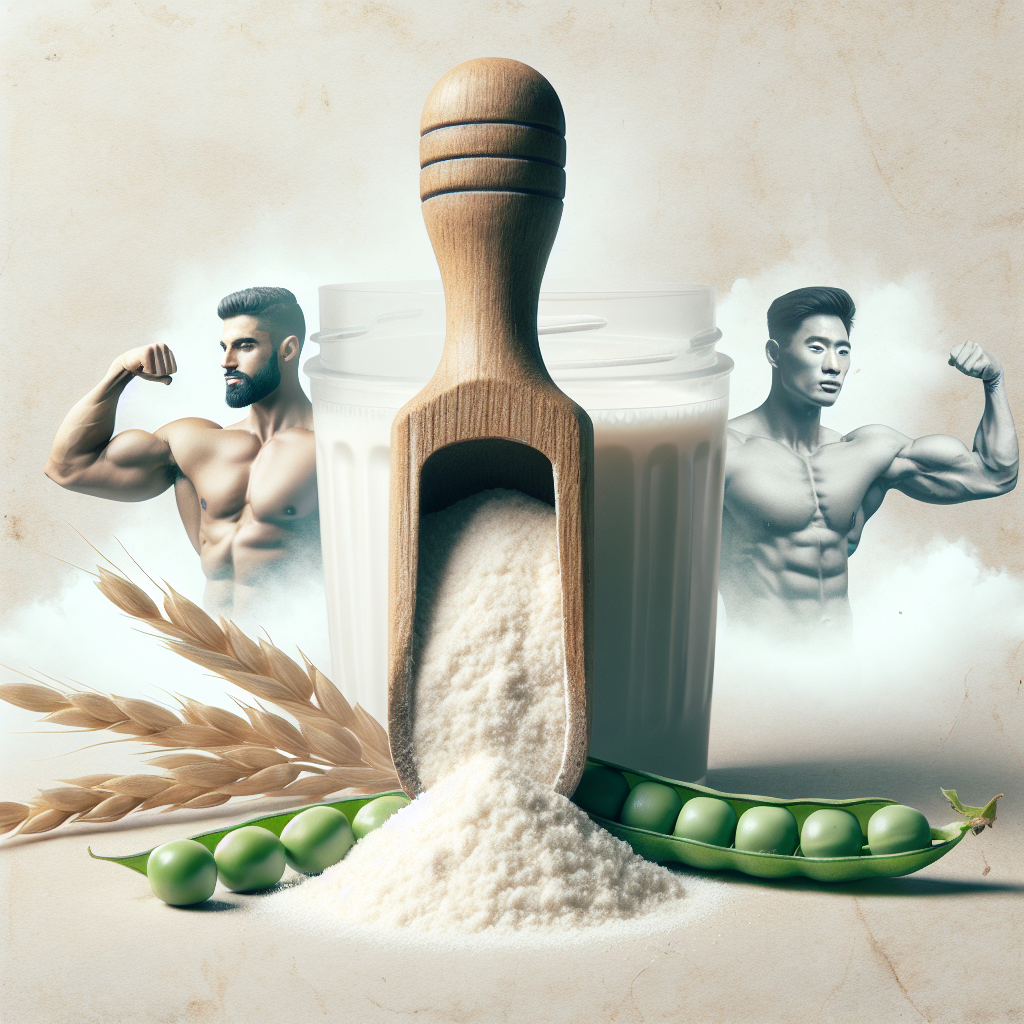Choosing the right protein powder matters whether you’re building muscle, managing appetite, or replacing animal proteins in your diet. If you want a lactose-free option, a high-quality non dairy protein powder can deliver the amino acids and convenience you need without dairy-related digestive issues. Below you’ll find clear guidance on types, how to mix them, label-reading tips, and quick ways to use plant-based proteins in everyday meals.
Non-dairy protein options: how to pick the best base
Plant-based powders differ in protein profile, texture, and micronutrient content. Common bases include pea, soy, brown rice, hemp, and blends that combine multiple sources to deliver a complete amino acid profile. When choosing, consider:
- Protein per serving: look for 15–25 grams for a post-workout or meal-replacement shake.
- Amino acid completeness: single-source powders (like brown rice) may be low in lysine; blends or pea-soy combos address this.
- Additives: sweeteners, thickeners, and flavoring can change taste and mixability.
- Allergens and intolerances: ensure the product is free of nuts, gluten, or soy if you need it.
Why choose plant protein supplements?
Plant protein supplements provide benefits beyond being dairy-free. They often come with fiber, lower saturated fat, and environmental advantages compared with many animal proteins. For those focused on recovery or muscle maintenance, look for powders that supply all essential amino acids or pair complementary sources throughout the day.
Popular plant bases — pros and cons
Pea protein: smooth texture, high in lysine, excellent mixability.
Soy protein: complete amino acid profile but may be avoided by some for personal reasons.
Rice protein: hypoallergenic, slightly grainy texture, often combined with pea for balance.
Hemp protein: includes omega-3 fats and fiber, lower in protein density but nutritionally rich.
Mixing tips and flavor hacks
Plant powders can be finicky if you expect them to behave like whey. To get a smooth shake:
- Start with liquid first (water, plant milk), then add powder to avoid clumping.
- Use a blender for thicker shakes; a jar and vigorous shaking works for thinner drinks.
- Add a small banana, frozen berries, or a spoon of nut butter to improve texture and flavor.
- For savory uses, blend unflavoured powder into soups, stews, or mashed vegetables to boost protein without changing taste dramatically.
Using powders in meal plans and clinical diets
Plant-based protein powders are versatile in medical and structured diets. Some programs use shakes as partial meal replacements or to improve glycemic control when combined with a vegetable-forward plan. If you’re interested in structured soup-and-shake approaches for metabolic health, see the NHS analysis of using soups and shakes as a strategy in diabetes reversal: NHS soup and shake diet — a new approach to reversing type 2 diabetes.
Practical buying checklist
Before you buy, scan the label for:
- Protein source and grams per serving.
- Added sugars (aim for minimal or natural sweeteners).
- Presence of probiotics, fiber, or digestive enzymes if you want gut support.
- Third-party testing seals (USP, NSF) if purity is a concern.
Also consider the serving size and cost per serving to compare value across brands.
Health context and trusted guidance
While swapping to vegan protein powders can support a balanced diet, it’s important to follow broad dietary guidelines around variety, fruits and vegetables, whole grains, and limiting processed foods. For an authoritative overview of what constitutes a healthy diet globally, consult the World Health Organization’s guidance: WHO fact sheet on healthy diets. If you have specific health concerns—kidney disease, pregnancy, or diagnosed metabolic conditions—check with your healthcare provider before making major changes.
Quick recipes and uses
- Berry-peanut butter shake: plant milk + 1 scoop pea blend + ½ banana + frozen berries.
- Savory protein soup: vegetable broth + blended cooked lentils + unflavoured powder to thicken.
- Overnight oats: oats + plant milk + 1 scoop protein + chia seeds; refrigerate overnight.
FAQ
Q: Are vegan protein powders as effective as whey for muscle building?
A: When you choose a powder with adequate protein per serving and a complete amino acid profile (or combine complementary sources), vegan protein powders can support muscle synthesis similar to whey for most people.
Q: Can I use plant protein supplements every day?
A: Yes—most people can use them daily as part of a balanced diet. Monitor total protein intake and adjust based on activity level, age, and health conditions.
Q: How do I improve mixing and taste?
A: Use a blender, start with liquid first, and consider adding fruits, spices (cinnamon, cocoa), or natural sweeteners to enhance flavor while keeping added sugars low.






